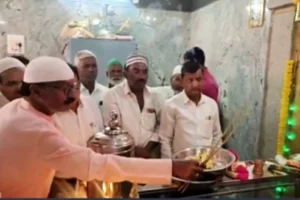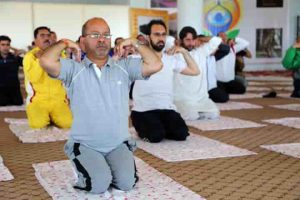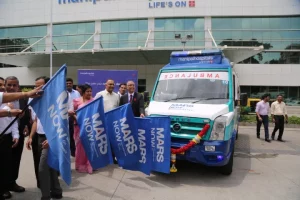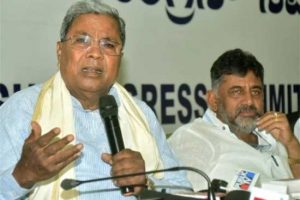Reflecting his deep love and attachment for India, especially Hampi, the UNESCO World Heritage site associated with Vijayanagara Empire, and located in Karnataka, John M. Fritz, the noted archaeologist, wished his ashes to be immersed in the river Tungabhadra.
The 87-year-old historian who loved Hampi and spent a sizable time admiring its stunning monuments, passed away in London last week. Keeping with his deep belief in the Hindu traditions, he wanted his ashes to be immersed. To do that his family, including granddaughter, visited Hampi where all the rituals associated with the immersion ceremony were performed.
Recently a American Archeologist Mr John Mervin Fritz passed away. His last wish was to immerse his ash at river Tunga in Hampi. His family came to Hampi and immersed his ashes into river as per Hindu rituals.🙏
Mr Fritz used to visit Hampi many times. pic.twitter.com/vomYnQqGC8— Adarsh Hegde (@adarshahgd) March 10, 2023
Recalling his association and affinity for Virupaksha temple, the priests there said he was a regular visitor there. When John’s family contacted the priests at the temple about his last wish after his body had been cremated according to Hindu traditions in London, his kundali was referred to and the rituals performed and ashes immersed.
Krishnadevaraya who hails from the Vijayanagara dynasty said whenever Fritz would visit Hampi he would meet his father, and have long discussions about the place. He wanted all his works on Hampi to be preserved under one roof. Since at present all his works are at the British Library, their photocopies will be sought from there and kept at one place for people and researchers to see and read.
In the 14th Century Hampi was the capital of the Vijayanagara Empire and according to the travellers from Europe and Persia it was a wealthy and prosperous grand city near river Tungabhadra. It boasted several temples, trading markets and farms.

Hampi-Vijayanagara was the world’s second-largest medieval-era city after Beijing, and one of India’s richest.
In an interview with csp.indica.in Fritz talking about Vijayanagara kingdom had said: “The Vijayanagara kingdom was much more than a Hindu kingdom or a regional kingdom. It supported Hindu faith and culture but at the same time it was one of the most cosmopolitan cities of the medieval world where all nationalities converged, where Muslim tombs are found in nobleman’s quarters, where the Vijayanagara emperors incorporated Muslim cultural practices when they borrowed sultanate modes of warfare and courtly ceremony and dress. Their attitude to architecture was no different. They adopted architectural features from the contemporary Sultans but creatively filtered the imported style through the lens of their own South Indian tradition.”




















